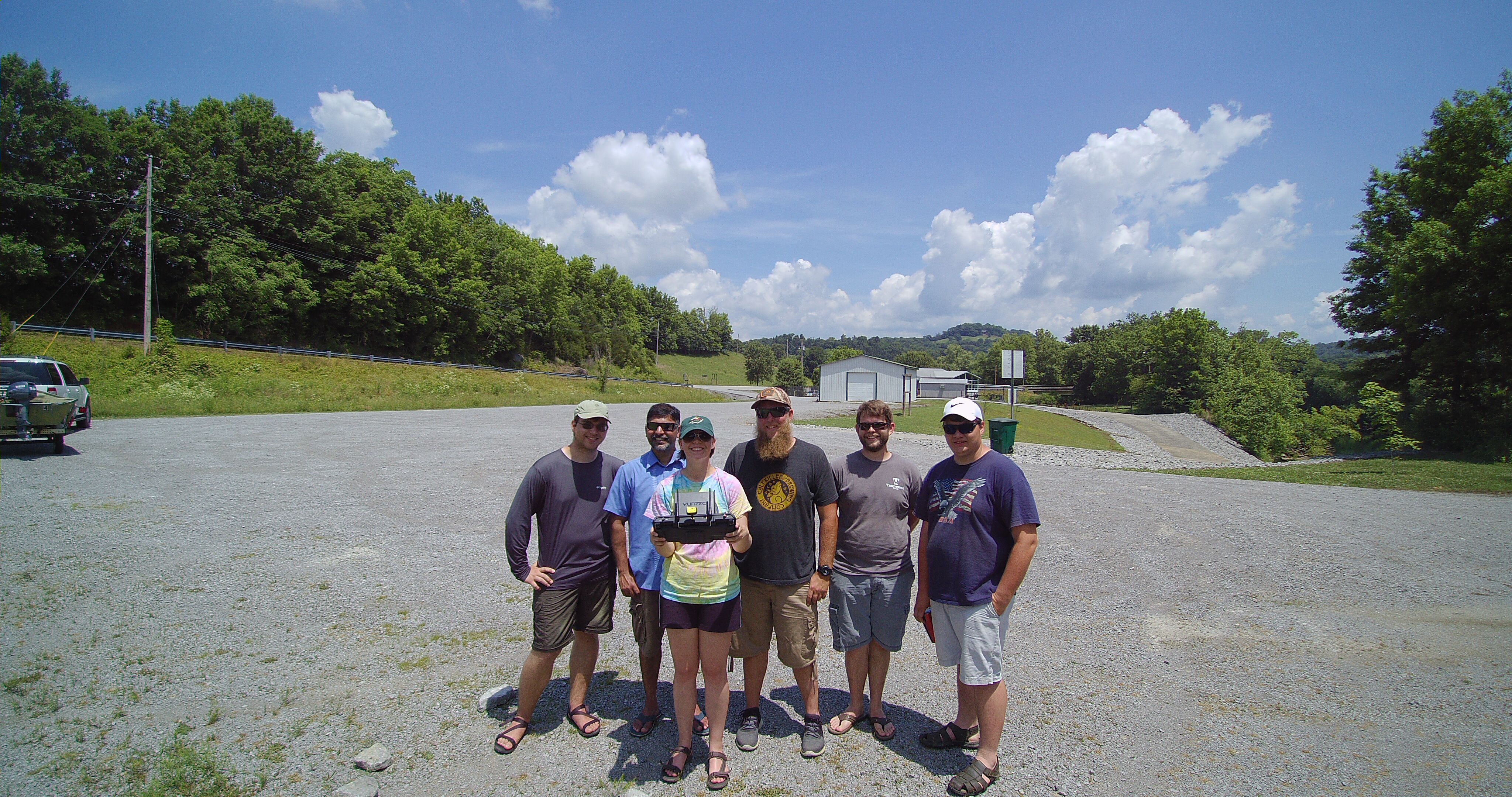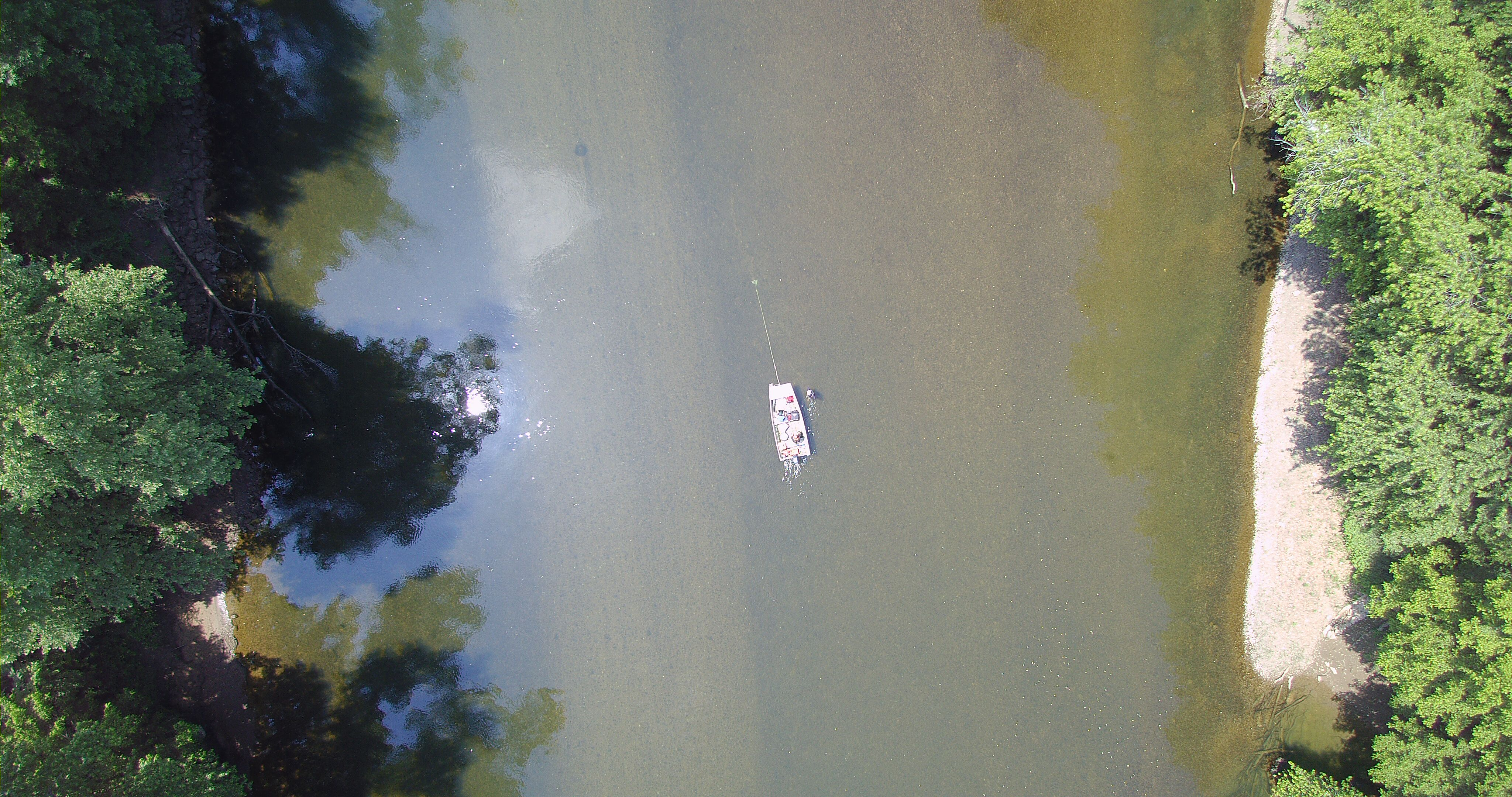The primary purpose of this research is to develop a methodology that collects observational hydrologic measurements remotely using drones. During emergency events like flooding, many non-contact measurement techniques require close proximity to the flood which may not be possible or prove dangerous during an emergency. Additionally, these methods are often are not cost effective, timely, and are limited by the accessibility of a location. Direct measurements from drones can increase the accessibility range for observational hydrologic measurements, enabling real-time, unrestricted, and mobile data collection. Two study sites representative of unique hydrologic channel characteristics throughout Tennessee have been selected to collect data with the drone. This research will be conducted during late spring and fall at Tennessee field sites to capture seasonal dynamics of the river.
Success in this research will result in development of a virtual gage using drone collected data which could be used as input/output for models. Although this methodology is going to be tested in normal hydrologic conditions, the data collected are expected to be most useful during floods. Localized flooding events will be easier to study in real-time as it is difficult to observe these through most satellite platforms and forecasted by models which work at larger scales and are limited in time and space. Risk associated with this methodology are based on weather conditions and FAA regulations for possible flight areas and can be accounted for through flight training for the drone operator.

